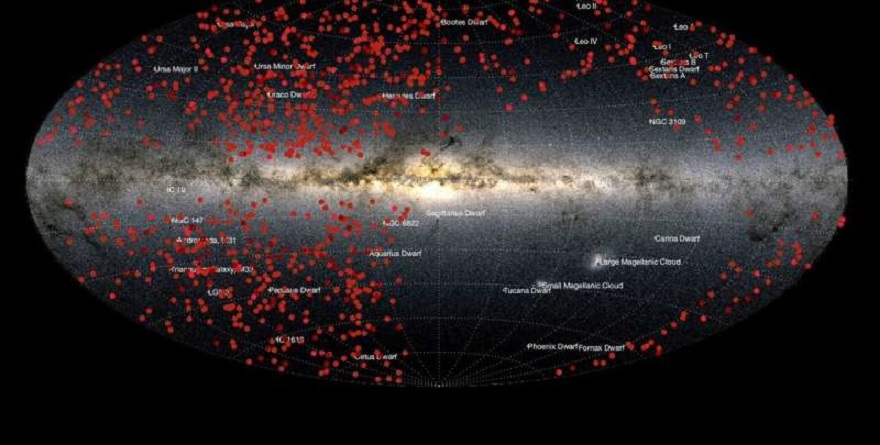Scientists applied the SNIascore machine learning algorithm to the data obtained by the Zwicky Transient Facility instrument. Over the past 19 months, it was able to detect and classify a thousand supernovae.

The search for supernovae in the starry sky
The Zwicky Transient Facility is an automated telescope located at the Palomar Observatory (USA). Every night, it surveys vast areas of the starry sky and collects data on the brightness and spectra of all objects that fall into its field of view.
The telescope observes many events: from the passage of asteroids between the stars and the Earth to cosmic-scale explosions. All of them must be classified and investigated in order to have an idea of the global processes taking place in the universe. This work is usually done by hand by hundreds of astronomers around the world.
Scientists are especially interested in supernovae — gigantic explosions that occur when stars in one way or another complete their life cycle. These events are of two types: I, when in a binary system material flows from the larger component to the more massive and compact, and II, which occurs after the massive star runs out of fusion fuel.
The most interesting among them are supernovae of type Ia, which always allows determine the distance to them by the brightness of the event. Scientists use these events to study the expansion of the universe and understand whether it differs on global and local scales.
A machine learning algorithm helps scientists
But picking out supernovae among the many other events seen by the Zwicky Transient Facility every night is a tedious job, though not too difficult. So, in order to make life easier for scientists, experts developed the SNIascore algorithm, based on machine learning methods.
SNIascore classified its first supernova back in April 2021, and now it has 1,000 such discoveries. In addition, since there is a difference in the presence of chemical elements between type I and type II events, he can also classify them.
Experts say that the machine learning algorithm has made it possible to significantly speed up scientific research. In the future, the same principle is planned to be applied to classify other events observed by the Zwicky Transient Facility.
According to Phys.org
